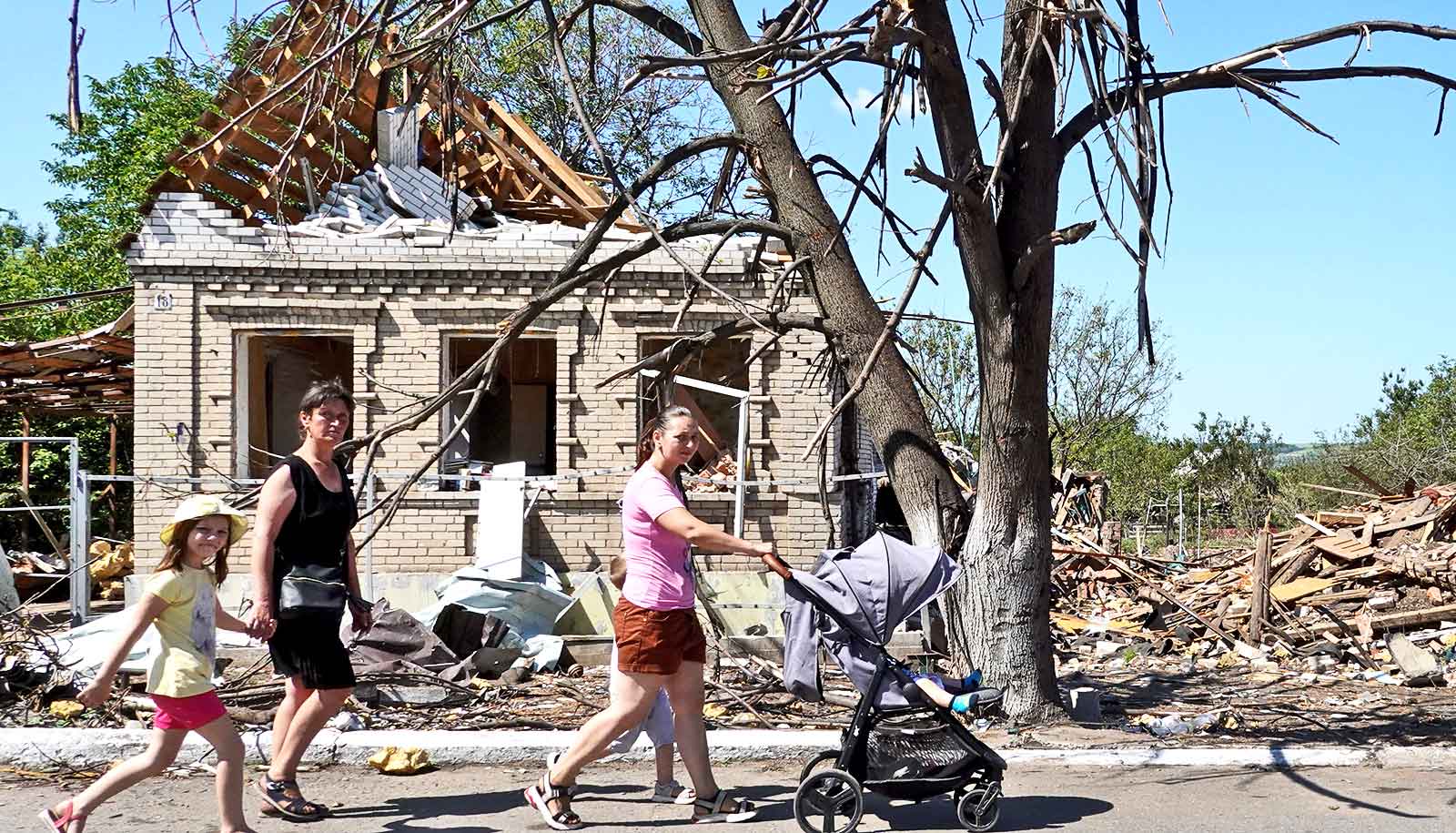

As the war in Ukraine heads into its sixth month, with almost 50,000 people killed, both sides are digging in, says Tufts’ Chris Miller.
Russia invaded Ukraine on February 24, expecting the Ukrainian government to fall quickly. It didn’t, and Russia pulled back from its efforts to take the capital Kyiv. It has focused instead on taking the southeastern part of the country, and now occupies parts of it. Fighting continues to be fierce, especially in the Donbas region, with no sign of letting up.
According to a Reuters calculation, more than 46,000 people have been killed so far in the war, including more than 5,000 civilians, and at least 16 million Ukrainians have been displaced by the war, forced to flee their homes.
“I think it’s worth remembering that wars don’t have expiration dates when they start.”
The war is a continuation of conflict that began in 2014, when Russian incursions into Ukraine led to the annexation of Crimea by Russia and the establishment of pro-Russian proxy “people’s republics” and de-facto Russian occupation of parts of the Donbas region of eastern Ukraine.
Miller is an assistant professor of international history at the Fletcher School at Tufts University and author of Putinomics: Power and Money in Resurgent Russia (The University of North Carolina Press, 2018) and The Struggle to Save the Soviet Economy: Mikhail Gorbachev and the Collapse of the USSR (The University of North Carolina Press, 2016).
Here, he discusses the prospects of the war as it heads into its sixth month:
The post 6 months in, there’s no end in sight for Russian-Ukraine war appeared first on Futurity.